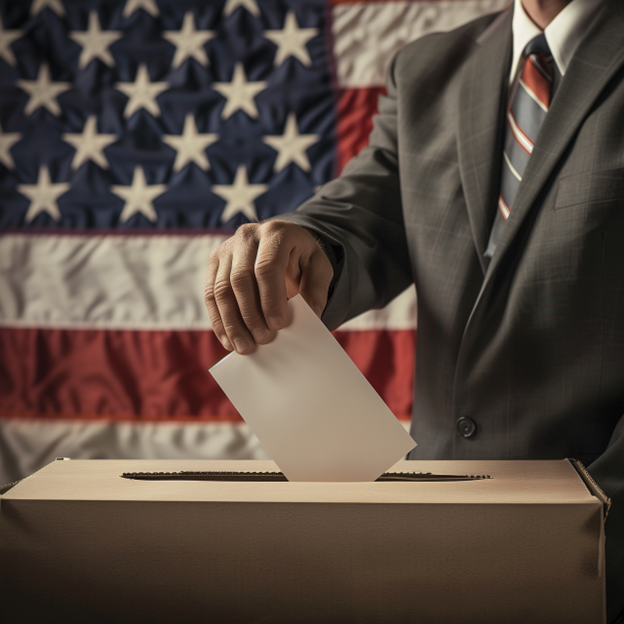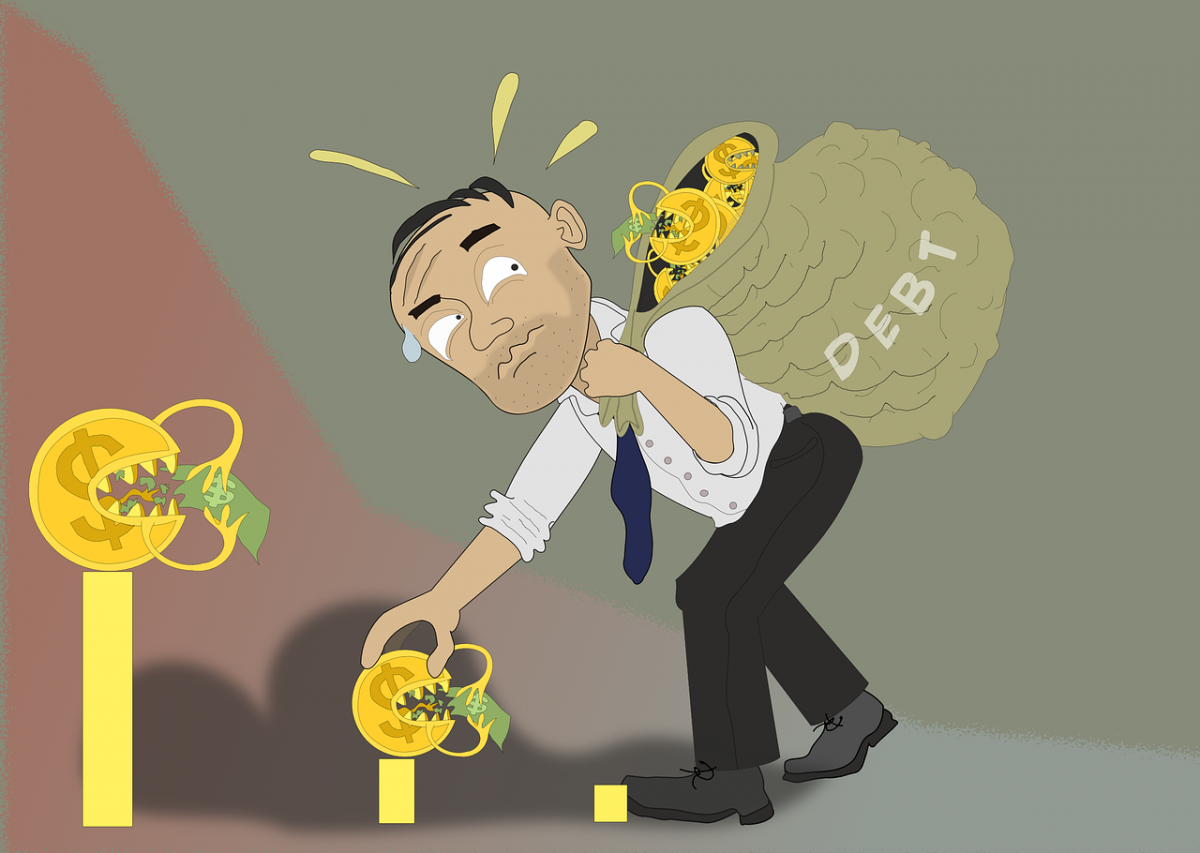By their nature successful borders need to be occupied with cooperation from both sides. That type of relationship exists currently on Russia’s eastern front with China. Since World War II it also has existed on Russia’s west with Finland. This year, however, the Russo-Finnish border relationship is showing indications that it is deteriorating. Its loss of integrity is emerging as a flashpoint between Helsinki and Moscow, as well as emerging as a potential North Atlantic Treaty Organization (NATO) security issue.
There is a little-known area called the Saimaa Canal that was built in 1856 and has been upgraded a number of times to accommodate modern shipping requirements. It links Lake Saimaa to the Gulf of Finland. The Canal passes through 21 miles of Russian territory. Both nation-states have reduced their use of the canal due to sanctions, countersanctions, and fear that its use could pose a national security threat with unintended consequences.
Finland “rents” the waterway from Russia and uses it for the transportation of consumer goods from areas as far away as China. It is the sole agreement Russia has with a foreign state to “rent” out its territory. Many political leaders in the Kremlin want it to end. Military analysts in Washington believe that Putin is seriously considering canceling the bilateral agreement. Loss of the commercial waterway will hurt both countries. The situation escalated after Russia’s invasion of Ukraine and intensified after Finland joined NATO in 2023. This fall it is not only a growing point of contention between the Russian Federation and NATO, but China is also becoming involved as it represents a potential loss of one of its important trade routes.
Since Russia’s invasion of Ukraine traffic on the waterway has almost slowed to a halt. Leaders in Helsinki view the potential loss of the Canal as an attempt by Putin to undermine Finland’s independence. From Moscow’s perspective, it is convinced that “NATO is planning to use the waterway to invade Russi if Putin’s oft-threatened war between Russia and the West breaks out in earnest,” says Paul Goble of the Jamestown Foundation. EU sanctions, he adds, limit Russian transit through the canal and stops at its various ports. Russian counter-sanctions on Finland reduced trade going in the other direction. Finland believes conflict could break out if Russia uses covert forces or sends in large numbers of refugees.
On September 11, the Finish Ministry of Transport and Communications announced it was indefinitely suspending the Saimaa Canal Advisory Board that oversees canal cooperation with Moscow. “Last week, well-connected Russian commentators suggested that the Kremlin is mulling canceling the agreement that allows Helsinki to rent the portion of the waterway on Russian territory—a step permitted this year under the most recent bilateral treaty governing the canal,” says Goble. If cancelled, it would effectively end the waterway as a trade route and have broad economic consequences for the two states directly involved and for the Central Asian states and China. Goble suggests the stage is set for it to also send “political shockwaves” with the potential for the shuttering of the Saimaa Canal to devolve into a major international crisis. The Russian publication TopWar.ru says that Russian rhetoric regarding Finland over the last two and a half years has become increasingly sharp, and Helsinki has responded in kind, with President Alexander Stubb declaring that his country does not fear Russia and is not about to be pushed around.
Building an alternative route would be extremely expensive for Finland. Russia would lose a valuable source of income, totaling $1.5 million in annual canal rent, and much of its remaining leverage over Helsinki. Perhaps more significant, is that China would be enraged by the loss of the commercial waterway should Moscow back out of the agreement. Putin appears to be left with fewer and fewer options as the war drags on in Ukraine.
Daria Novak served in the U.S. State Department
Photo: Pixabay



